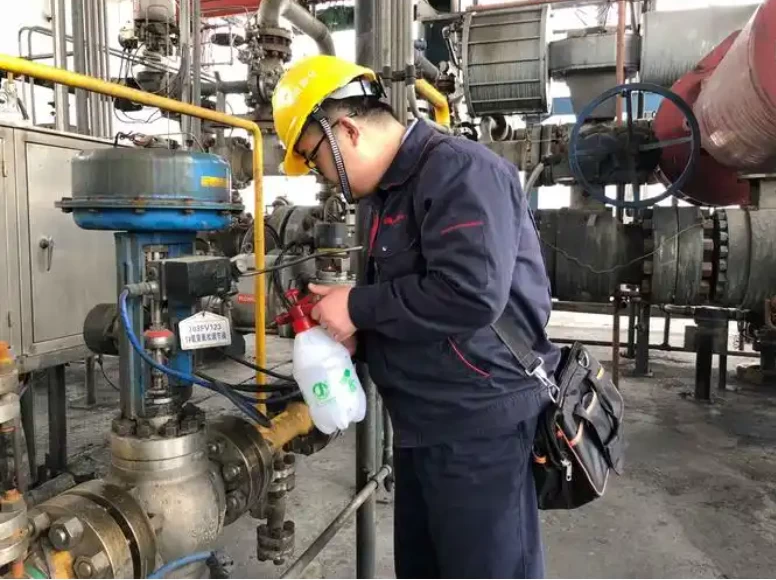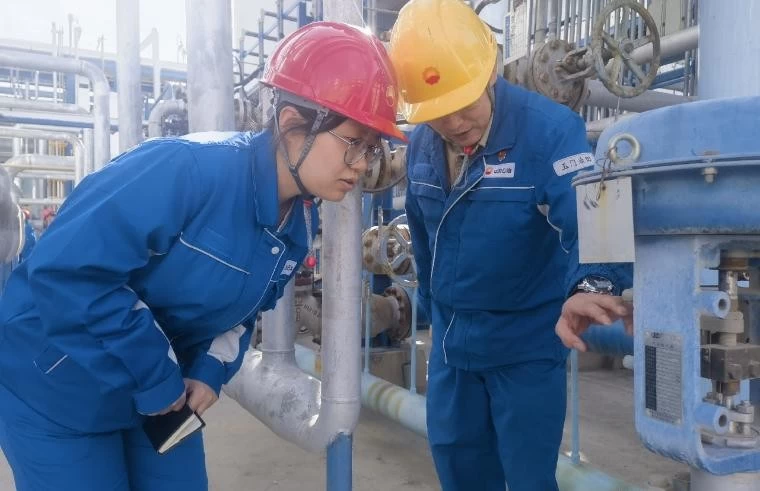Inspection Standards for Various Chemical Equipment
Inspection Standards for Various Chemical Equipment
Standards for Equipment Integrity: The Key Measure of Equipment Quality
The integrity standards for equipment are the sole criterion for evaluating equipment quality and the foundation of enterprise equipment management. This article will introduce five major criteria for assessing equipment integrity.

01 Foundations Levels:
1.First-Level Integrity Equipment
2.Second-Level Integrity Equipment
3.Non-Integrity Equipment
First Level: The foundation is solid, free from corrosion, tilting, or cracks; connections are secure, with no looseness, breakage, or detachment.
Second Level: Similar to the first level but allows minor imperfections that do not compromise safety.
Non-Integrity: Shows signs of corrosion, tilting, cracks, looseness, breakage, or detachment.
02 Structure
First Level: The structure is complete, all parts are present, and wear, corrosion, and deformation are within allowable limits.
Second Level: The structure and parts are generally intact and complete, with some defects that do not affect safe operation.
Non-Integrity: The structure is incomplete, affecting safe operation.
03 Lubrication
First Level: Lubrication is excellent, with no leakage of oil, water, or gas.
Second Level: Lubrication is generally good, with no severe leakage.
Non-Integrity: Significant leakage is present.
04 Measuring Instruments and Safety Devices
First Level: Instruments are sensitive and reliable, and safety devices are complete.
Second Level: Major instruments and safety devices are reliable and complete.
Non-Integrity: Instruments and devices are incomplete or unreliable.
05 Equipment Precision and Operational Efficiency
First Level: The equipment operates normally and meets the original manufacturer's specifications.
Second Level: Operations meet technical requirements.
Non-Integrity: The equipment cannot meet operational requirements.
Importance of Standards in Equipment Integrity
In recent years, enterprises have established specific integrity standards tailored to their operations. These standards provide a scientific and reasonable basis for calculating the equipment integrity rate.
Formula for Equipment Integrity Rate:
Equipment Integrity Rate=(Number of Integrity Equipment Units/Total Number of Equipment Units)X100%
To calculate this accurately, managers must develop detailed standards for their equipment, allowing thorough inspections and evaluations.

Leakage Rate Standards
01 Classification and Scope
Dynamic Seals: Used in continuously moving or rotating components, such as compressor shafts, pump shafts, and rotating shafts in reactors.
Static Seals: Used between stationary components, such as flanges, valve connections especially for pressure seal gate valve, and pipe joints.
02 Seal Point Standards
Dynamic Seal Points: Each moving component connection is counted as one seal point.
Static Seal Points: Each connection is one point (e.g., one flange is one seal point).
Formula for Leakage Rate:
Leakage Rate=(Number of Leakage Points/Number of Seal Points)x1000(\permil)
03 Inspection Standards
Static Seals:
1.No visible residue, stains, or leakage.
2.Gas systems show no bubbles during soap solution testing.
3.Steam systems have no visible leaks or scaling.
Dynamic Seals:
1.Slight oil seepage is acceptable but must be cleaned regularly.
2.Pumps may leak no more than 60 drops per minute at the end of the operational interval.
Oil Leakage Classification:
1.Seepage: Minimal oil traces appear within 5 minutes after cleaning.
2.Leakage: Visible oil trails or droplets form within 5 minutes.
3.Serious Leakage: Over three drops per minute qualify as severe leakage.
By adhering to these standards, enterprises can effectively monitor, evaluate, and enhance the technical condition of their equipment, ensuring optimal performance and reliability.
 +86 512 68781993
+86 512 68781993 


















